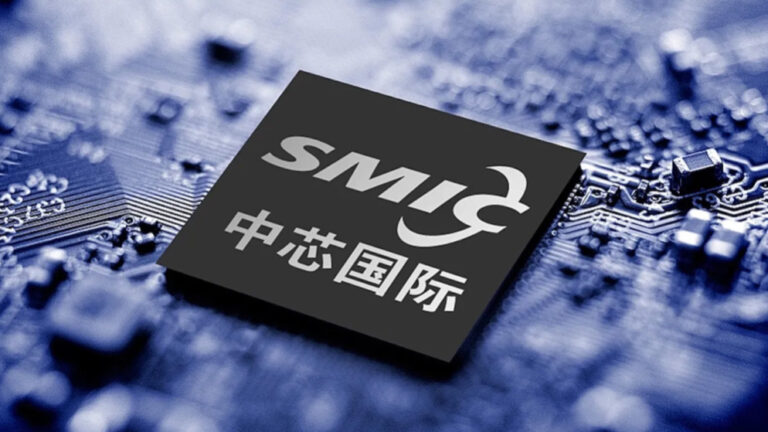According to reports, the business constructed two new facilities to make the chips.
Chinese technological companies have been hampered throughout the course of the past few years as a result of the United States’ tightening restrictions on their access to the most recent microchips. SMIC, the leading chipmaker in the country, astonished everyone with the release of a 7nm processor the previous year. Now, rumors point to a 5nm release of the processor. By advancing China’s artificial intelligence (AI) objectives, this advancement might make the technological blockade led by the United States appear even more futile.
During the administration of Donald Trump, the United States government took action against Chinese technology giants by adding businesses such as Huawei to its Entity List. This list is designed to block the transfer of technology from the United States to China. The solution that the Chinese government came up with was to fully support the growth of the domestic chip manufacturing industry. China’s access to the most advanced lithography machinery for the production of chips has been restricted by the administration of Vice President Joe Biden, leaving SMIC with technology that is designed for larger and less efficient process nodes. Additionally, the administration has further tightened its grip on China.
Reportedly, SMIC is on the cusp of delivering the new 5nm chips, which have been designed by Huawei’s subsidiary HiSilicon. These chips are expected to be released soon. A pair of brand-new plants in Shanghai will be responsible for their production. The chips will initially be found in flagship smartphones; nevertheless, SMIC has ambitious intentions for 5nm, provided that it is successful. It is aiming to manufacture server chips and artificial intelligence accelerators at a 5nm process, which would bring the gap between Chinese designs and the most recent AI hardware from Nvidia to a close. The majority of Nvidia’s artificial intelligence accelerators are prohibited from being exported to China, just like lithography technology companies.
Deep ultraviolet lithography (DUV) equipment is being used by Chinese semiconductor foundries to make do with the situation. Companies in China were still permitted to obtain these devices from third-party manufacturers such as ASML up until the latter part of the previous year. The more sophisticated extreme ultraviolet lithography (EUV) equipment that was designed for process nodes with a sub-7 nanometer resolution was already on hold. In spite of the equipment deficiencies, SMIC was able to manufacture the Kirin 9000S (shown above) in the year 2023. This 7nm chip was something that the company should not have been able to build. Despite the fact that the 9000S was not as powerful as the equivalent 2023 chips manufactured by TSMC, which is situated in Taiwan, it represented a significant step forward for China’s native ARM designs.
It has been stated that SMIC has updated its DUV gear by adding deposition and etching components that enable them to increase their capabilities beyond the constraints of their design. It is not without repercussions that these hard-won advancements have been made. On the 5nm node, SMIC will be required to charge between 40 and 50 percent more than TSMC, according to sources who spoke to the Financial Times. With SMIC’s lithography workarounds, the yield of acceptable 5nm chips is approximately one-third of what it is with TSMC. This is because the equipment is not as efficient as it could be.
Experts in the field of chip manufacturing have cautioned that any efforts to limit Chinese technological companies through the use of trade penalties are guaranteed to fail. China is currently suffering as a result of the loss of Western chips; however, the potential military and security applications of sophisticated chip designs ensure that China will not give up.

